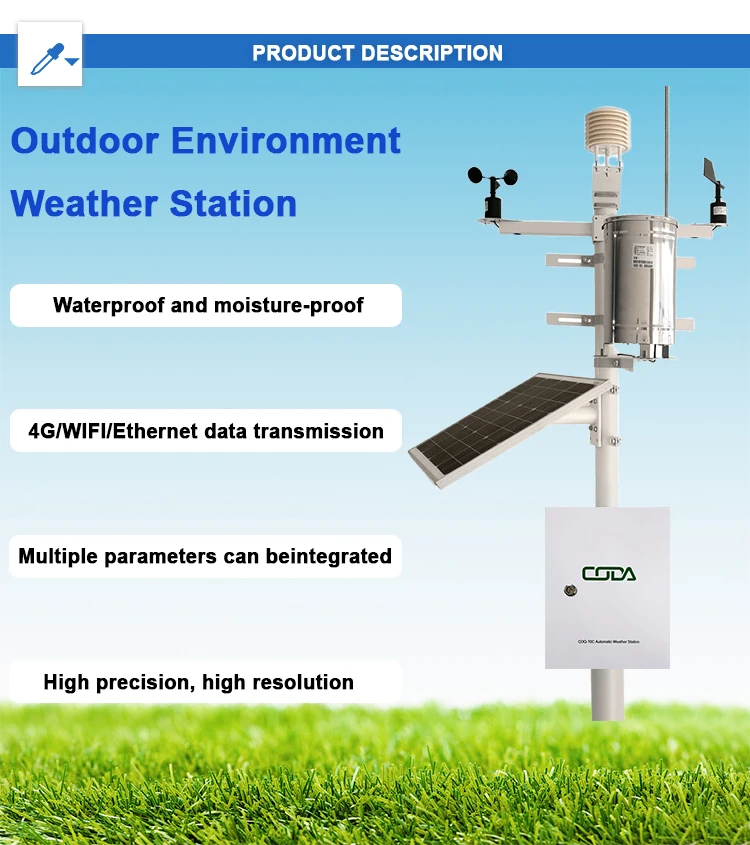
# Advantages and Disadvantages of Automatic Weather Stations
## Introduction
Automatic Weather Stations (AWS) have revolutionized the way we collect and analyze meteorological data. These systems provide real-time weather information without the need for constant human intervention. While they offer numerous benefits, they also come with certain limitations. This article explores the advantages and disadvantages of automatic weather stations.
## Advantages of Automatic Weather Stations
### 1. Continuous Data Collection
One of the primary advantages of AWS is their ability to collect data continuously, 24/7. Unlike manual weather stations that require human observers, AWS can operate autonomously, providing a steady stream of data regardless of time or weather conditions.
### 2. High Accuracy and Precision
Modern AWS are equipped with highly sensitive sensors that can measure various weather parameters with great accuracy. This reduces human errors associated with manual observations and ensures more reliable data for analysis.
### 3. Remote Monitoring Capabilities
AWS can be installed in remote or inaccessible locations where maintaining a manned weather station would be impractical or dangerous. Data can be transmitted wirelessly, allowing meteorologists to monitor conditions from anywhere in the world.
### 4. Cost-Effective in the Long Run
While the initial investment in an AWS might be significant, it proves cost-effective over time by eliminating the need for continuous human staffing and reducing maintenance costs associated with traditional weather stations.
### 5. Real-Time Data Availability
AWS provide immediate access to weather data, which is crucial for timely weather forecasts, early warning systems, and various applications in agriculture, aviation, and disaster management.
## Disadvantages of Automatic Weather Stations
### 1. High Initial Investment
The upfront cost of purchasing and installing an AWS can be substantial, especially for advanced systems with multiple sensors and communication capabilities.
### 2. Maintenance Challenges
While requiring less maintenance than manned stations, AWS still need regular servicing. Sensor calibration, power supply issues, and communication system failures can affect data quality if not addressed promptly.
### 3. Limited Human Oversight
The absence of human observers means that unusual weather phenomena or sensor malfunctions might go unnoticed unless the system has sophisticated anomaly detection capabilities.
### 4. Power Dependency
Most AWS rely on continuous power supply, typically from batteries or solar panels. Power failures can interrupt data collection, especially in remote locations where maintenance visits are infrequent.
### 5. Data Quality Issues
Despite their precision, AWS can produce erroneous data due to sensor drift, environmental contamination (like dust or bird droppings), or extreme weather conditions damaging the equipment.
## Conclusion
Automatic Weather Stations represent a significant advancement in meteorological data collection, offering numerous benefits in terms of continuous operation, accuracy, and remote monitoring. However, they are not without their challenges, including high initial costs, maintenance requirements, and potential data quality issues. The decision to implement an AWS should consider both its advantages and limitations in relation to specific needs and operational conditions. As technology continues to improve, many of the current disadvantages are likely to be mitigated, making AWS an increasingly valuable tool for weather monitoring and forecasting.
